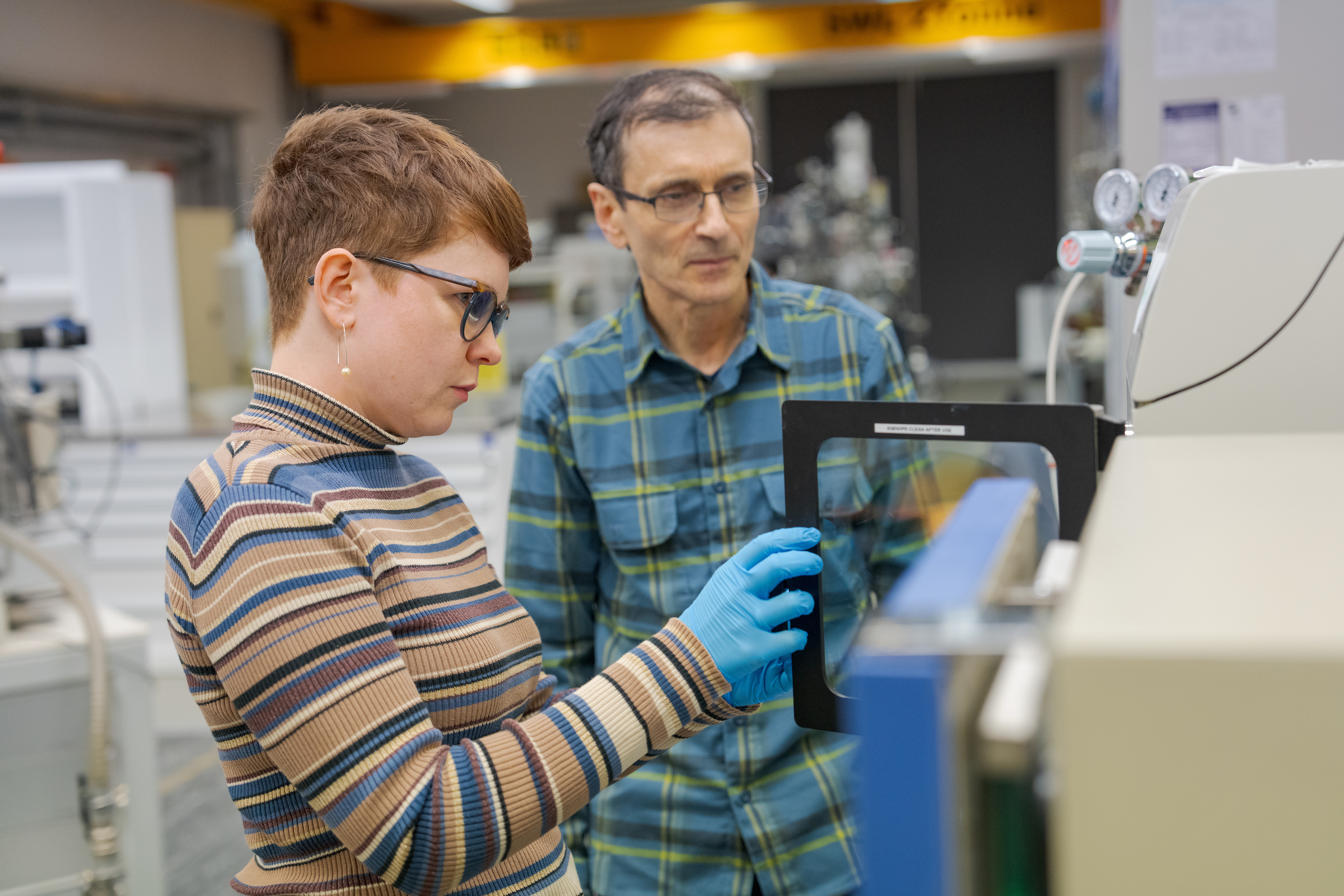
Research projects
Below we list current research topics in RSES, with links to relevant researchers, supervisors and research groups.
Displaying 31 - 45 of 145 project(s).
The extensive early Archean rock records preserved in southwest Greenland and western Australia carry a wealth of information on the formation of Earth's early chemical domains, the age and composition of the oldest continents and the character of the early atmosphere and hydrosphere. Although these rocks range...
science Research area
Most of Earth’s volcanism is concentrated at tectonic plate boundaries, where plates move away from one another to create mid-ocean ridges, or where one plate slides beneath another to form a subduction zone. However, an important and widespread class of volcanism occurs within plates, or across plate boundaries....
science Research area
People
- Professor Brian L. N. Kennett, Collaborator
- Professor Ian Campbell, Collaborator
- Professor Rhodri Davies, Principal investigator
The objective of this ARC Linkage project with Geoscience Australia and GSWA is to provide a compilation of 3-D models of the crustal and lithospheric structure from new broadband data obtained with deployment of 25 seismometers in Southwest WA.
science Research area
People
- Dr Robert Pickle, Researcher
- Professor Brian L. N. Kennett, Collaborator
- Professor Meghan S. Miller, Supervisor
This research is part of an ARC Linkage project. Read more about it in this news story.
science Research area
Group
People
- Dr Bradley Opdyke, Principal investigator
- Professor Brad Pillans, Principal investigator
Radioactivity generates heat within the mantle, while mantle convection removes heat. Because the radioactivity slowly decays, the temperature within the mantle declines and mantle convection becomes less vigorous. Thus geological activity should also slow down. However during the first 1-2 billion years of...
Experimental petrology is about subjecting rocks and minerals to pressure, temperature and other conditions that occur in the Earth, in order to investigate and understand processes that lead to diverse processes including volcanism, plate tectonics, ore deposit formation, differentiation of the Earth and many others.
The base of the Lake George fault scarp defines the edge of the basin and previous surveys suggested the Quaternary fault zone extends at depth. A dense seismic array of 100 nodal seismometers were deployed in late 2020 in the northern section of the basin and collected continuous seismic recordings for ~1 month
science Research area
People
- Dr Chengxin Jiang, Supervisor
- Professor Brad Pillans, Collaborator
- Professor Meghan S. Miller, Supervisor
The W-phase is a ultra-long period seismic wave that arrives as early as the first-arriving P-wave. It’s early arrival, low amplitude and stability w.r.t. details of earth structure make it ideal for rapid determination of source characteristics especially for large, tsunamigenic earthquakes. We are exploring the...
Convection in the Earth's mantle is driven by the sinking of cold lithospheric plates at subduction zones and by the rise of hot plumes from the core-mantle boundary.
As the plumes rise, they are deflected horizontally by the large-scale flow driven by the sinking plates. In the Geophysical Fluid Dynamics...
Earth is a chemically heterogeneous body. While mantle convection can be approximated as a thermally driven process, recent studies indicate that chemical heterogeneities may play an important role in governing the form and planform of mantle dynamics. Additionally, a growing body of geochemical observations argue...
Mantle convection is the principal control on Earth's thermal, chemical and geological evolution. It is central to our understanding of the origin and evolution of tectonic deformation, the thermal and compositional evolution of the mantle and, ultimately, the evolution of Earth as a whole. Plate tectonics and...
science Research area
People
- Professor Ian Campbell, Collaborator
- Professor Rhodri Davies, Principal investigator
Cosmogenic nuclides have become indispensable for dating lava flows. Drs Masahiko Honda and Timothy Barrows are dating lavas that have proven too young to date using traditional K/Ar and Ar/Ar techniques. Volcanism has occurred in western Victoria from the Pliocene throughout the Pleistocene. The style of eruption...
Figure: Mass variations for 1-10 September 2010 computed from Level-1B data of the GRACE mission using the ANU GRACE software.
Nature of Project(s):
Computational+fieldwork (analysis of satellite/...
The Himalaya are the world’s largest mountain belt formed in response to Cenozoic collision of the Indian continent & the Eurasian plate. This project assesses uplift history of the Himalaya, its erosional landscape response, & the preservation potential of critical mineral systems in this region.
